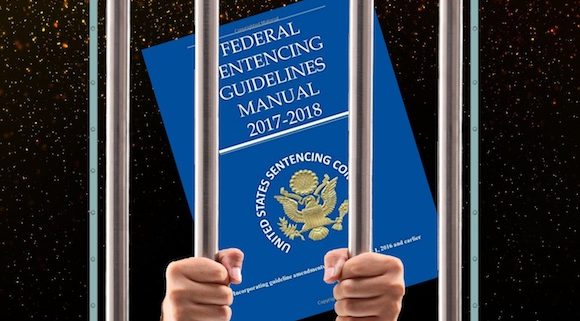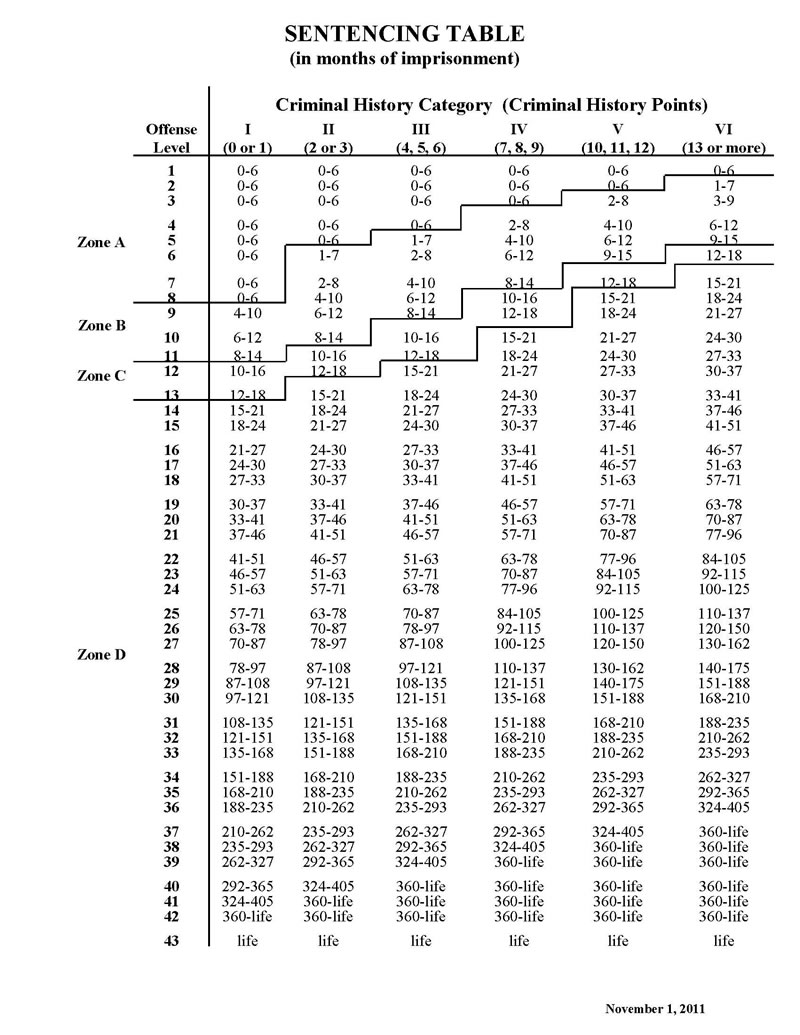You’ve Committed a Federal Offense: How Much Time Will You Serve?
Changing their pleas from not guilty to guilty in the college admissions scandal case, Lori Loughlin and husband Mossimo Giannulli sent the internet into a buzz of chatter. Why, many asked, did, after such a long battle, would the couple suddenly change course after vehemently professing their innocence?
Some say the pair likely feared the possibility of a 40-year sentence in federal prison. Others say their timing was well-calculated due to the mass release of inmates due to the current COVID-19 situation.
Per the terms of their agreement, Loughlin would serve two months in prison and pay a $150,000 fine. She would also serve two years of supervised release and 100 hours of community service. Giannulli, Loughlin’s husband, would serve five months in prison, pay a $250,000 fine, and after his release from prison would serve two years of supervised release and 250 hours of community service.
Loughlin pleaded guilty to one count of conspiracy to commit wire and mail fraud. Giannulli pleaded guilty to one count of conspiracy to commit wire and mail fraud and to honest services wire and mail fraud.
Due to COVID-19 … well, there’s a good chance that neither of the two will set foot inside a federal prison. Instead, it’s possible they’ll be assigned to home confinement for the duration of their sentences. I’m not say this is what will occur. Instead, I’m merely stating that it is indeed possible.
So how do judges decide the sentence for a particular crime? Since we’re talking about Lori Loughlin’s case, which is a federal crime, her sentence will be decided by a federal judge who relies on Federal Sentencing Guidelines.
Federal Sentencing Guidelines
Federal Sentencing Guidelines are rules that determine how much, or how little, prison time a federal judge may impose on a defendant who has been found guilty of committing a federal crime. First, though, attorneys and probation officials must determine where the defendant fits in on the Federal Sentencing Table (below). To do so, they must assign the defendant to a criminal history category (I-VI), and to an Offense Level (1-43).
Federal Sentencing Table
A defendant’s criminal history points are determined by:
- Assigning 3 points for each prior sentence of 1 year and 1 month
- Adding 2 points for each previous sentence of 60 days to 13 months
- Adding 1 point for a prior sentence of less than 60 days
- Adding 2 points if the defendant committed a crime while already under another sentence (probation, parole, etc.)
- Adding 2 points if the current offense was committed within two years of completing a previous sentence
- Etc. (there are several other factors that add or subject points—too many to list here)
For example, using the chart above, a defendant who has a final total of 13 criminal history points will be in category VI.
Offense Levels
Next, officials must then decide the defendant’s offense level. To do so, they refer to Chapter 2 of the Federal Sentencing Guidelines, where they’ll find a a base number assignment for each crime. For example, First Degree Murder has a Base Offense Level of 43. Therefore, 43 is the starting point for determining the defendant’s final Offense Level.
Let’s say our defendant was convicted of Aggravated Assault, which has a Base Offense Level of 14. Officials must then determine what factors were in play during the commission of the crime, such as use of firearms, etc. For example, the use of a firearm during the assault would increase the offense level by 4 points, making it a level 18. If the assault was premeditated, add 2 points. If the firearm was discharged, well, that’s another 5 points. If the victim received serious injury during the attack…yep, that’s worth 7 points. A minor injury…3 points. Get the idea?
So, What’s the Damage?
Let’s add it up and see where our bad guy falls in the guideline.
- Aggravated Assault = base level of 14
- He shot at his victim = 4 points
- The victim suffered a serious injury = 7 points
Total = 25 points
Therefore, our guy, a repeat offender with a criminal history category VI, and an offense level of 25, will be in Zone D, subject to receive anywhere from 110 to 137 months in the federal penitentiary.
Upward and Downward Departures
Easy enough, right? Well, it doesn’t stop there. Other factors are still waiting to be applied, such as downward or upward departures from the guidelines. For example:
- Points may be subtracted if the defendant assists the government with ongoing cases (provides substantial information). There are, of course, many other factors that allow for a downward departure. Another example of a reduction of points is when the defendant accepts full responsibility for the crime. If so, the prosecutor may file a motion for a downward departure. This normally occurs when the defendant pleads guilty.
- Points may be added for things like wearing a bullet resistant vest during the commission of a drug crime, and abuse of a position to further the commission of the crime (a politician who uses his position and power to commit a crime—a governor who uses his position to sell a seat in the senate left vacant by the president of the U.S.). Again, there are far too many to list here.
Guilty Pleas
Back to our crook who wound up with the offense level of 25. Well, let’s say he entered a guilty plea and accepted responsibility for his crime.
The guilty plea/acceptance-of-responsibility earned him a downward departure of up to 3 points. Take 3 points away from the original 25 and that leaves him with an offense level of 22. Back to the chart we go. His sentencing range at level 22 is a much lower 84-105 months…well over a year less. And that’s a nice little reward for owning up to the crime, which, by the way, saves the government a lot of money—no trial.
So, is this as clear as mud, or do you now sort of understand how sentences are handed out in federal court?
One thing’s certain, a 36/VI is going to prison for a long, long time.
Well, there’s that 3 point deduction, and that other 2-pointer … oh yeah, let’s not forget the four 1-point deductions. And our bad guy did help out by telling the government who sold him the machine guns.
I think our crook now has total of 6 points to the good. Hmm … with all those extra points, does that mean he can now commit one free crime?

Click the play button below to learn more about federal sentencing guidelines and about the Sentencing Commission











